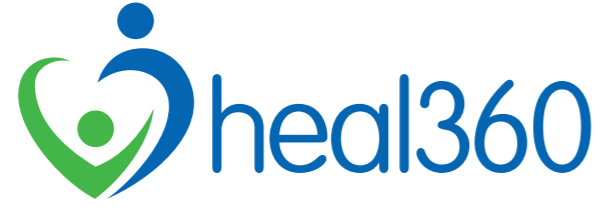Back Pain or Muscle Soreness After Exercise?

We all know the benefits of exercise such as improved physical and mental wellbeing, improved performance, improved energy levels, etc. However, we also know that after exercise, we will experience discomfort in our muscles due to the stress that exercise place on our bodies. This discomfort is normal after exercise and it is called delayed onset muscle soreness (DOMS).
DOMS is often confused with actual pain from injury. Pain is an unhealthy and abnormal response which signals that there is something wrong with our body and we need to do something about it. In the lower back, it is even more confusing because the symptoms may be very similar. Therefore, it is important to understand the difference between pain and DOMS. Here are some ways you can differentiate them.
Type of discomfort
DOMS is characterised by soreness in the muscle which is palpable, meaning the soreness is increased with touch. You will also feel tired and a general burning feeling in the muscle is expected. Most importantly, your discomfort should feel like a minimal dull ache accompanied with tightness in the muscle especially at rest. Pain, on the other hand, should feel more localised at a specific point and can be aggravated with specific movements while exercising or moving your back or leg. The pain may radiate from your back to the buttock and to the leg if it is severe. This should not happen with DOMS.
Onset and duration
The discomfort that you feel due to exercise should not happen during exercise itself. DOMS should manifest itself 24 – 72 hours after activity and will last 2-3 days. The more active you are during this period of time, the less you will feel it and the quicker it will resolve. If it is back pain, you should feel it during exercise itself or within 24 hours of activity. It may also linger for longer than 3 days if not addressed properly.
Aggravating factors and eases
DOMS is caused by a build-up of what is called lactic acid in the muscles which causes the muscles to be irritated and lead to discomfort and soreness. Sitting still does not allow for the necessary muscle contraction that is needed to aid in the removal of lactic acid. Therefore, not moving around is what will aggravate DOMS. It goes without saying that movement, especially stretching, is recommended to ease DOMS. On the other hand, if your pain is caused by an actual injury in the lower back, you will find that continued activity will aggravate your pain instead of easing it. It is recommended to seek medical help from either a doctor or a physiotherapist to learn more about your condition and get the appropriate back pain treatment.
What can you do to prevent muscle soreness or back pain?
Firstly, understand the basic of the exercises/ sports that you are doing. Example for runners, you need to know the correct running techniques, how to progress your running speed, or mileage, the correct running shoes for your feet type etc. If not, you may risk yourself of getting a sport injury or muscle strain easily
Before beginning any exercises, it is good to start with a warm up and stretching. And end your exercise with a cool down and stretches. However many people skipped these steps.
For a frequent sportsperson or exercise enthusiast, a regular sport massage or stretch therapy is useful to help to remove DOMS, reduce muscle tightness and help to maximise performance.
A physiotherapist can be a valuable resource to you throughout your exercise journey: perform a variety of pre-activity assessments to determine your readiness for exercise. Based on this, your physiotherapist may also recommend specific exercises that will best prepare you for your desired activities. They will also discuss the best strategies for introducing and progressing exercise activities while minimizing your chance of becoming injured.
In the unfortunate situation when exercise leads to an injury, seek help early. Don’t delay and worsen your condition! Your therapist can identify and address all factors that may have contributed to your injury to prevent further problems and provide specific recommendations regarding reintegration into exercise as appropriate.

